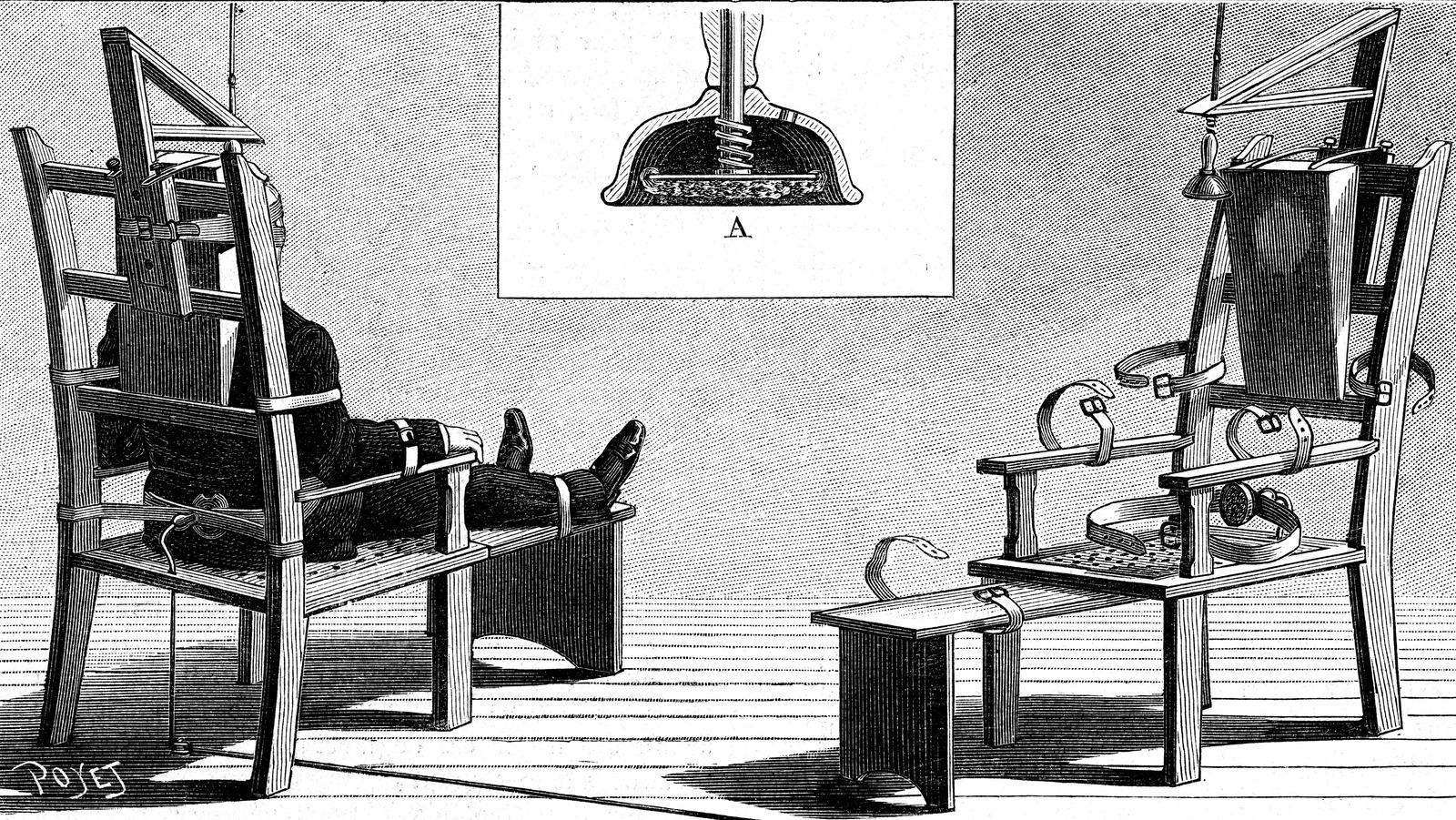
After a lower court rejected the claim that electrocution was cruel and unusual, W. Bourke Cochran appealed once more, this time to the Supreme Court of New York. But ultimately, the Supreme Court didn’t buy Cochran’s arguments.
READ RELATED: BLM co-founder Patrisse Cullors said she is triggered when she hears about charity transparency laws
Although the Supreme Court of New York conceded that the use of electrocution was certainly unusual, the Supreme Court agreed with the lower court’s decision and ruled that they couldn’t definitively describe electrocution as cruel if the method had never been used before, according to The Electric Chair. In In re Kemmler, the Supreme Court also ruled that “the Eighth Amendment did not apply to the states and therefore left unexamined the New York state legislature’s conclusion that electrocution produced ‘instantaneous, and, therefore, painless death,’” writes Fordham Law School. According to the “Handbook of Death & Dying,” the Supreme Court also ruled that the punishment of death is only cruel if it involves torture, but that execution is in itself not cruel. “It implies there is something inhumane and barbarous, something more than the mere extinguishment of life.”
And even before the Supreme Court gave its ruling, Edison and Brown wasted no time in making sure the electric chair was wired up and ready to go at a moment’s notice. In “Old Sparky,” Galvin writes that Brown didn’t even wait for the verdict before installing the first electric chair at Auburn Prison in New York.
Source:






